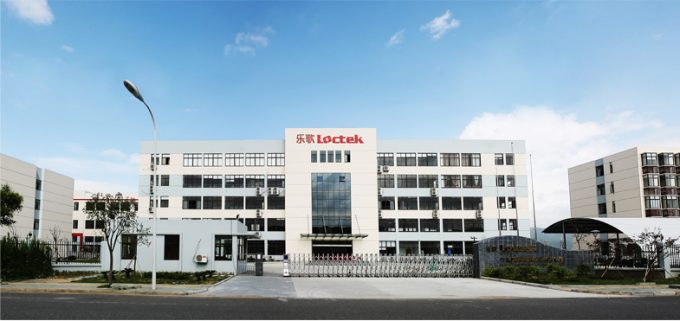China’s container depots fill up as exports feel the pinch
Container depots in China are full and having to turn away new customers, following a ...

Chinese furniture maker Loctek Ergonomic Technology has responded to criticism that building a containership to overcome logistics challenges is an impulsive move.
On 27 January, Loctek, which has two factories Ningbo and one in Ho Chi Minh City, Vietnam, conformed it had ordered a 1,800 teu vessel from Huanghai Shipbuilding at a cost of $32.6m.
Loctek’s management cited Covid-19-related tight shipping capacity and logistical bottlenecks as the reasons, greeted with scepticism in the shipping industry and viewed by some as a knee-jerk ...
Volcanic disruption at Anchorage could hit transpacific airfreight operations
Shippers snap up airfreight capacity to US ahead of tariff deadline
Forwarders stay cool as US 'liberation day' tariffs threaten 'global trade war'
New price hikes may slow ocean spot rate slide – but for how long?
Tighter EU import requirements proving 'a challenge' for forwarders
Supply chain delays expected after earthquake hits Myanmar
Looming Trump tariffs will create 'a bureaucratic monster' for Customs

Comment on this article
Martyn Benson
February 07, 2022 at 2:57 pmWADR to Simon Heaney (et al), surely Loctek are viewing this idea to order a vessel as an asset play (sorry for the financial jargon) and if, by the time the ship is delivered, the market has changed, they can always sell it to a 3rd party as an investment (feeder ship demand is likely to be high). What Loctek seem to be overlooking is that they will still rely on all the shoreside logistics and labour (truckers, warehouse staff, stevedores) which is needed by the existing shipping community.
They will also need comprehensive and skilled container fleet procurement and management – boxes can quickly run out of control.